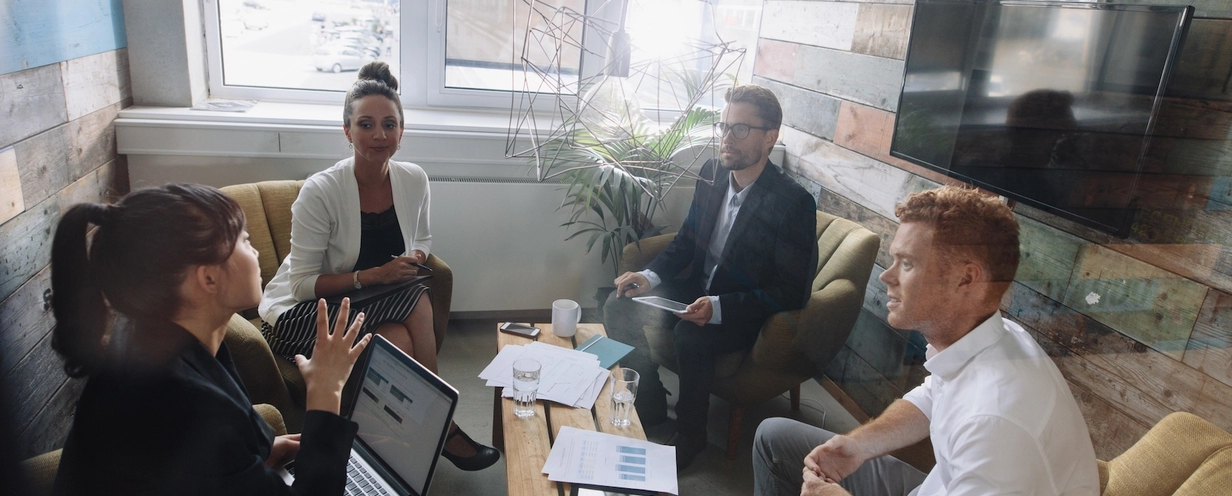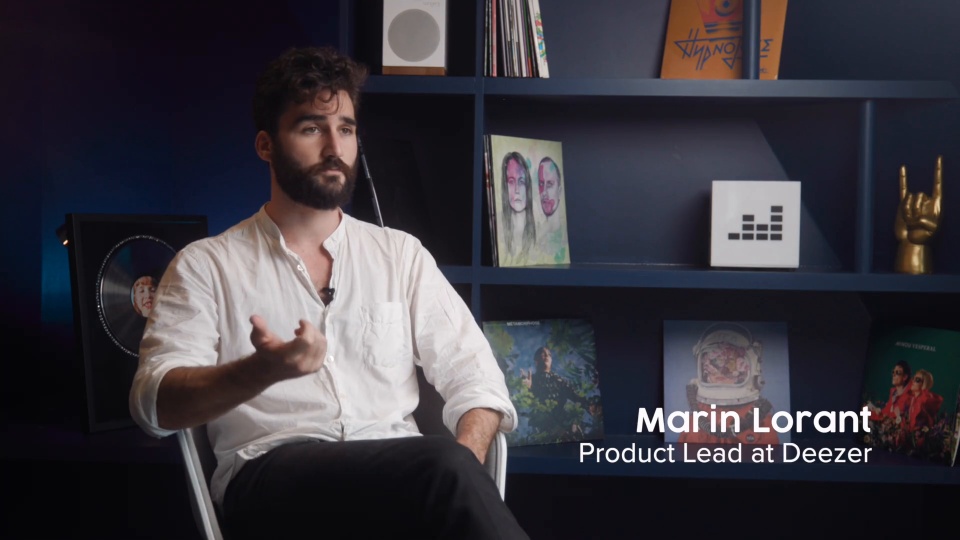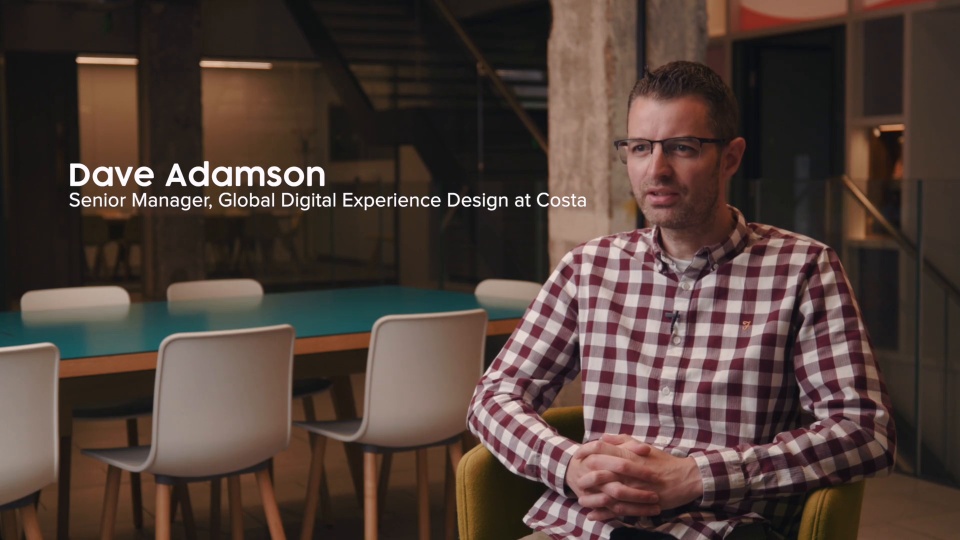
How user feedback in design transforms products

In today's rapidly evolving digital landscape, design teams are under increasing pressure to deliver solutions that not only meet user expectations but also stand out in a crowded market. Central to achieving this is leveraging user feedback in design—a practice that transforms abstract ideas into user-centric products.
The imperative of user feedback in design

User feedback serves as a bridge between designers' intentions and users' actual experiences. By actively seeking and incorporating feedback, design teams can:
- Enhance usability: Identifying and addressing pain points that users encounter ensures a more intuitive and seamless interaction with the product.
- Drive innovation: Understanding users' needs and desires can inspire innovative features and functionalities that differentiate a product in the marketplace.
- Reduce development costs: Early detection of issues through user feedback can prevent costly revisions later in the development cycle.
- Foster user loyalty: Products that resonate with users' expectations and provide value are more likely to cultivate a loyal customer base.
Integrating user feedback: a strategic approach
To effectively leverage user feedback, design teams should consider the following strategies:
- Diverse feedback channels: Employ a combination of methods such as in-app surveys, social media monitoring, and user interviews to gather comprehensive insights. For instance, Spotify utilized in-app surveys and social media feedback to enhance personalized recommendations and simplify navigation, directly addressing user concerns.
- Empathic design: Immerse in the users' environment to gain a deeper understanding of their experiences and challenges. This approach, known as empathic design, involves observing users in their natural settings to uncover latent needs and preferences.
ON-DEMAND WEBINAR
Creating high-confidence design approaches using human insights
Join this webinar to walk away with the understanding of:
- Identifying your why: What is value to your customers, where does it exist, and how might it differ from the views of your business?
- Defining your how: The lenses by which we can approach the design of your products, services, and experiences.
- Activating your what: Using insight as a tool to have confidence that the product you ship, will be a product your customers love.
- Participatory design: Involve users directly in the design process, allowing them to contribute to ideation and decision-making. This collaborative approach ensures that the product aligns closely with user expectations and fosters a sense of ownership among users.
- Iterative testing and refinement: Adopt an iterative design process where user feedback is continuously gathered and applied to refine the product. This cycle of testing and improvement leads to a more polished and user-friendly final product.
- Cross-functional collaboration: Encourage collaboration between designers, developers, and stakeholders to ensure that user feedback is effectively integrated into all aspects of the product development process.
How Deezer drives innovation through feedback
Check out how Deezer, a music streaming service developed its Flow Moods AI function, generating mood-based playlists for millions, boosting engagement and adoption.

How Costa Coffee integrates user feedback in the design process
The world's second-largest coffee chain relies on user feedback at every stage of the design process, across every touchpoint in the customer journey. See how they do it with Usertesting.

Challenges and considerations
While integrating user feedback is invaluable, design teams may encounter challenges such as:
- Feedback overload: Managing large volumes of feedback can be overwhelming. Prioritizing feedback based on factors like frequency, impact, and alignment with business goals is essential.
- Diverse user opinions: Users may have conflicting preferences. Employing data-driven decision-making and considering the broader user base can help navigate these discrepancies and design for diverse audiences.
- Resource constraints: Limited time and resources may hinder the ability to implement all user-suggested changes. Focusing on high-impact improvements can maximize the benefits of user feedback within constraints.
How UserTesting helps teams integrate user feedback in design

UserTesting provides a powerful platform and services that enable teams to overcome these common challenges and unlock the full potential of user feedback:
- Streamlining feedback collection: With the UserTesting platform, teams can gather feedback efficiently through a variety of methods, including integrations with tools like Figma, targeted surveys, video interviews, and usability testing sessions. The platform enables segmentation, allowing teams to focus on specific user demographics and prioritize the most relevant feedback.
- Making sense of diverse opinions: The platform’s AI-powered analysis tools help identify trends and patterns within user feedback, enabling teams to navigate conflicting opinions and prioritize insights that align with business goals.
- Reducing resource constraints: UserTesting offers pre-built test templates and rapid turnaround times, making it easy for teams to gather actionable insights without investing significant time or effort. Additionally, the platform provides a network of diverse participants, ensuring access to representative feedback without the need for extensive recruiting efforts.
- Collaborating effectively: UserTesting facilitates cross-functional collaboration by offering shareable video clips, highlight reels, and actionable insights that can be easily communicated across teams. This ensures that feedback informs every stage of the design process.
- Validating designs iteratively: With UserTesting’s tools, teams can test prototypes and iterate on and validate designs based on real-time feedback, resulting in high-confidence designs and significantly reducing the risk of costly rework.
By leveraging UserTesting’s comprehensive platform, design teams can turn challenges into opportunities, creating products that resonate with users and drive business success.
Insights that inspire excellence in design
Incorporating user feedback into the design process is not merely a best practice but a fundamental component of creating successful, user-centric products. By embracing strategies such as empathic and participatory design, iterative testing, and cross-functional collaboration, design teams can transform user insights into innovative solutions that resonate with their audience.
As the digital landscape continues to evolve, maintaining a steadfast commitment to user feedback will be pivotal in driving design excellence and achieving business success.

Create designs that drive goal conversions
Learn how to strategically optimize goal conversion rates by predicting the impact of design choices—before development begins.





